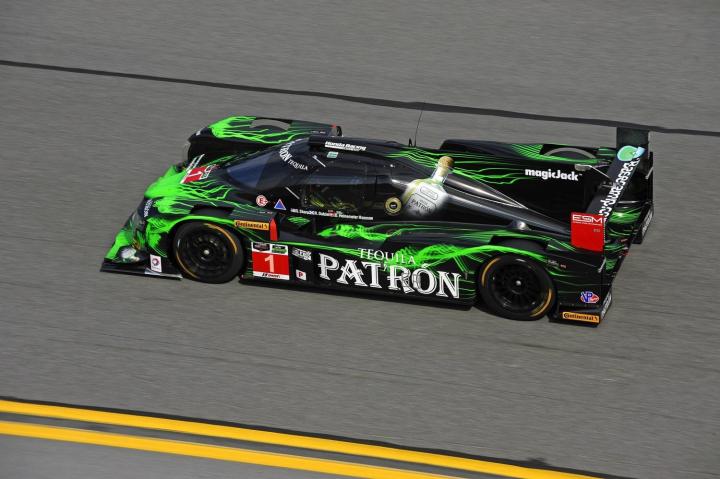
Held every year on the Colorado mountain that is its namesake, the “Race to the Clouds” is one of the most challenging motorsport events around. It features 156 curves over 12.42 miles and 4,000 feet of elevation. The finish line is at 14,110 feet – nearly 3 miles above sea level.
And the field of cars is almost as spectacularly varied as the course itself is treacherous. You can see everything from lightly-modified production models to purpose-built racers gunning for the top.
Honda’s recent efforts to conquer the hill are a case in point. In the last few years, the Japanese carmaker has fielded everything from a Fit EV electric car to a tuned version of its Odyssey minivan, and this year it’s entering a car designed for a completely different type of racing.
The Honda ARX-04b is an LMP2-class coupe designed for endurance racing on much flatter terrain. The car Honda plans to enter spends most of its time in the Tudor United SportsCar Championship, debuting at the 24 Hours of Daytona back in January.
Going twice around the clock on a conventional road course is no easy task, but Pikes Peak presents its own challenges. A miscalculation could send the driver plummeting off a cliff, and as the car climbs higher, it makes less power because of the thinner air.
That will put a lot of strain on the ARX-04b’s 3.5-liter V6, which is derived from the engine used in numerous Honda and Acura production models.
In years past, the unpaved Pikes Peak course was dominated by custom-built buggies that often looked like a cross between a rally car and something out of Mad Max. Now, however, the course is almost entirely paved, opening the door for sports car-style racers like the Honda.
Honda calls the 2015 attempt an “exploratory effort,” ahead of a full-on assault on the overall record of 8:13.878, set by World Rally Champion Sebastian Loeb in 2013. Loeb drove a Peugeot 208 T16, a custom-built machine based loosely on Peugeot’s 208 hatchback.
Will Honda be able to do better with its repurposed endurance racer? Check out the Pikes Peak International Hill Climb on June 28 to find out.


